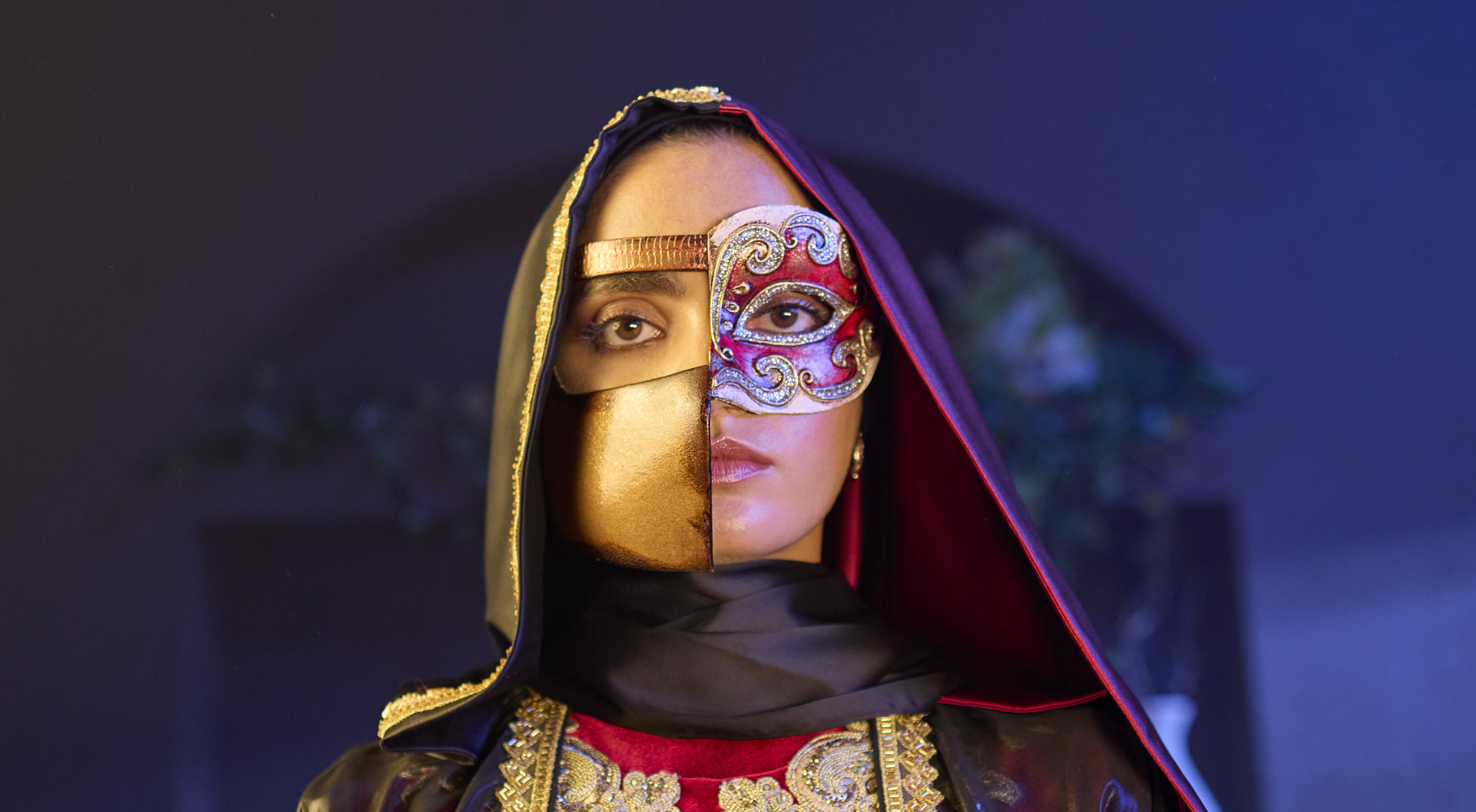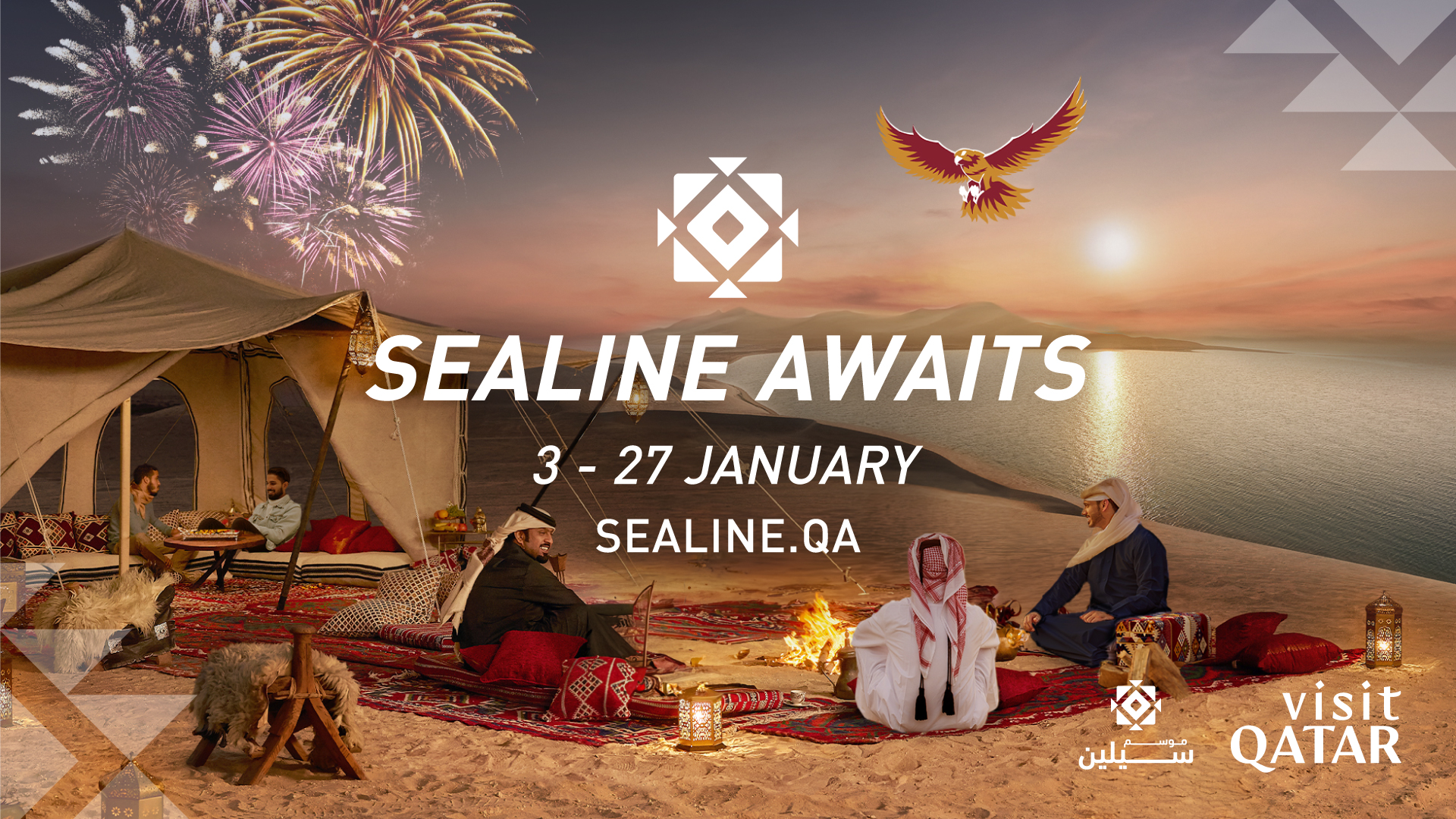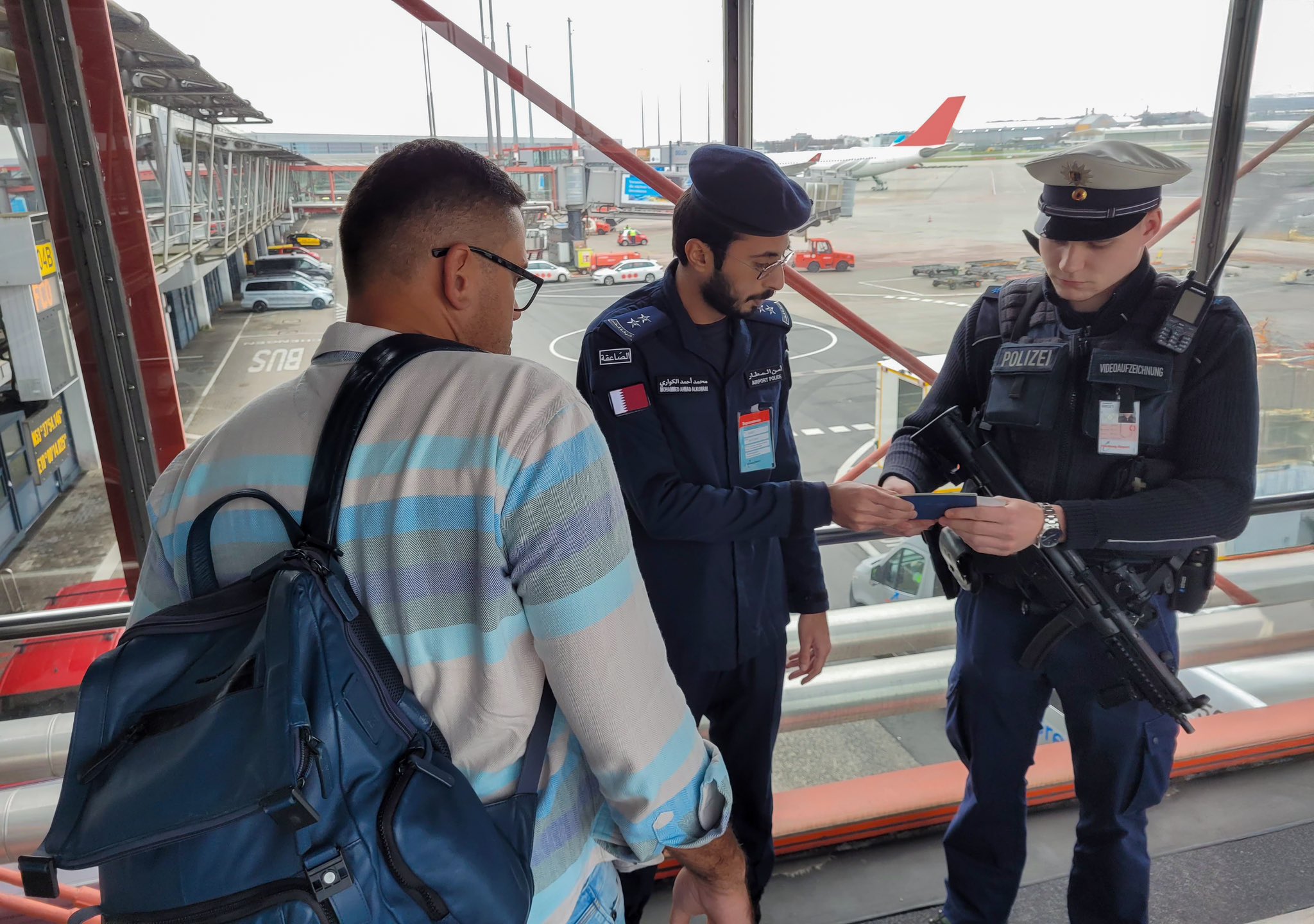The diverse and tech-savvy audience to which this media caters is further notably supported by the country’s high internet penetration rate of 99.7%, with 96.8% of the population active on social media.
Unveiled earlier this year, Qatar’s Third National Development Strategy for 2024-2030 highlights a strong focus on nurturing emerging industry clusters in coming years, including media and creative industries. This commitment aligns with the current momentum Qatar’s media landscape is experiencing, characterised by a growing vibrant mix of print, broadcast, online news, social media, and streaming services.
The diverse and tech-savvy audience to which this media caters is further notably supported by the country’s high internet penetration rate of 99.7%, with 96.8% of the population active on social media.
Beyond Qatar, MENA’s media and entertainment market revenues are projected to exceed USD $60 billion by 2028, highlighting the region’s expanding influence in the global media landscape. This growth presents a prime opportunity for Qatar to develop new business models that capitalise on this momentum, creating a media sector that the nation can take pride in.
Media City Qatar is an emerging hub and incubator for media companies and individual creative talent. Its three-part mandate includes regulation, development, and investment to ensure the success of media ventures in Qatar. This involves providing business incubation, permits, licenses, modern production facilities, and start-to-finish support and guidance.
To draw attention to its mission of inviting content creators and other creatives to Qatar—as well as supporting those already based in Qatar—Media City Qatar is driving activations that bridge cultural divides and foster international cooperation.
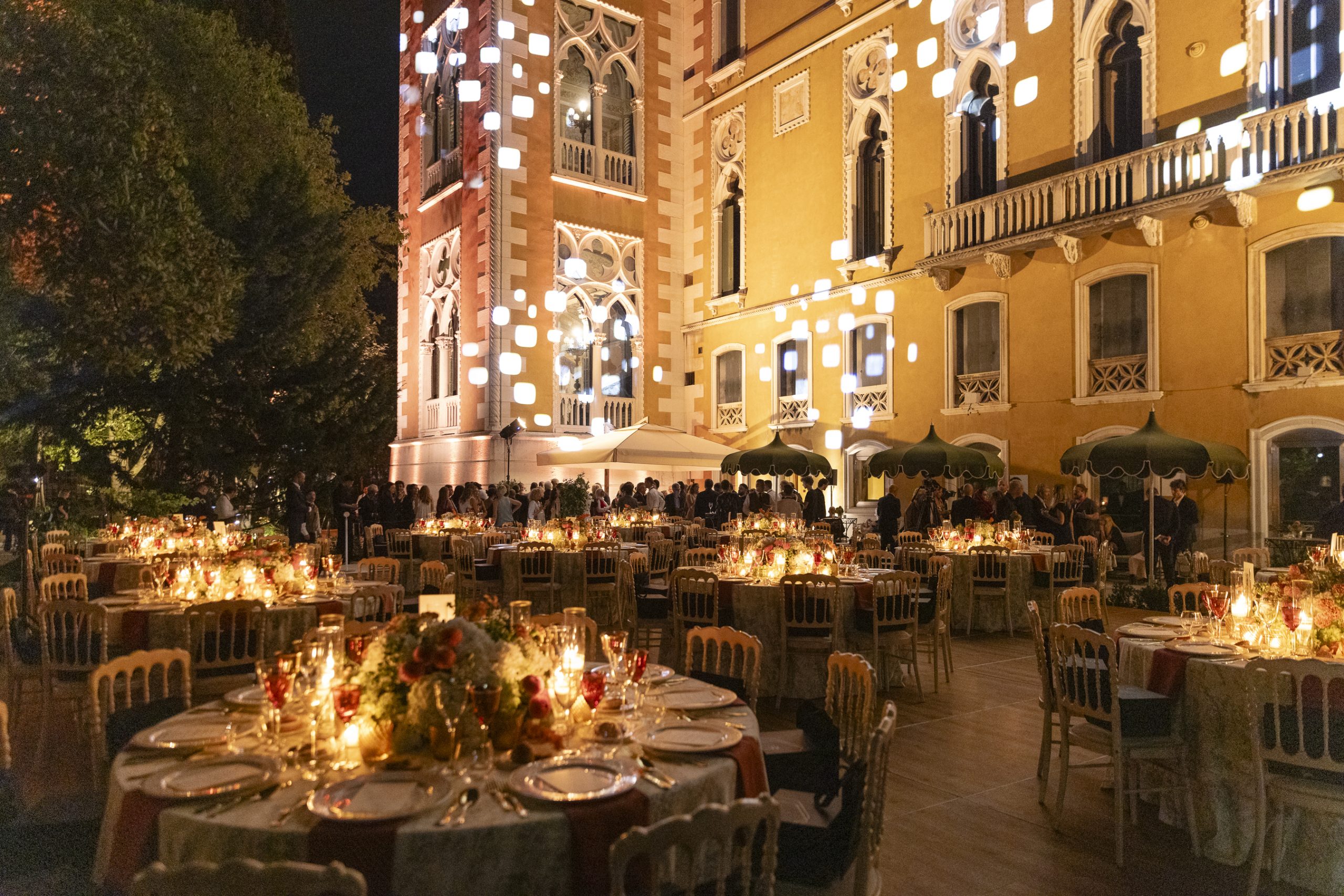
One such activation is the “Global Stories, Local Lens”, unveiled at an exclusive dinner for media, film, and art industry executives held in partnership with the Doha Film Institute, in Venice, Italy on 2 September 2024. This activation celebrates film as a universal language, transcending borders and connecting audiences worldwide through shared stories and experiences. The dinner, attended by producers, directors, distributors, critics, and media community members from Italy and beyond, coincided with the ongoing 81st Venice International Film Festival, also happening in the city.
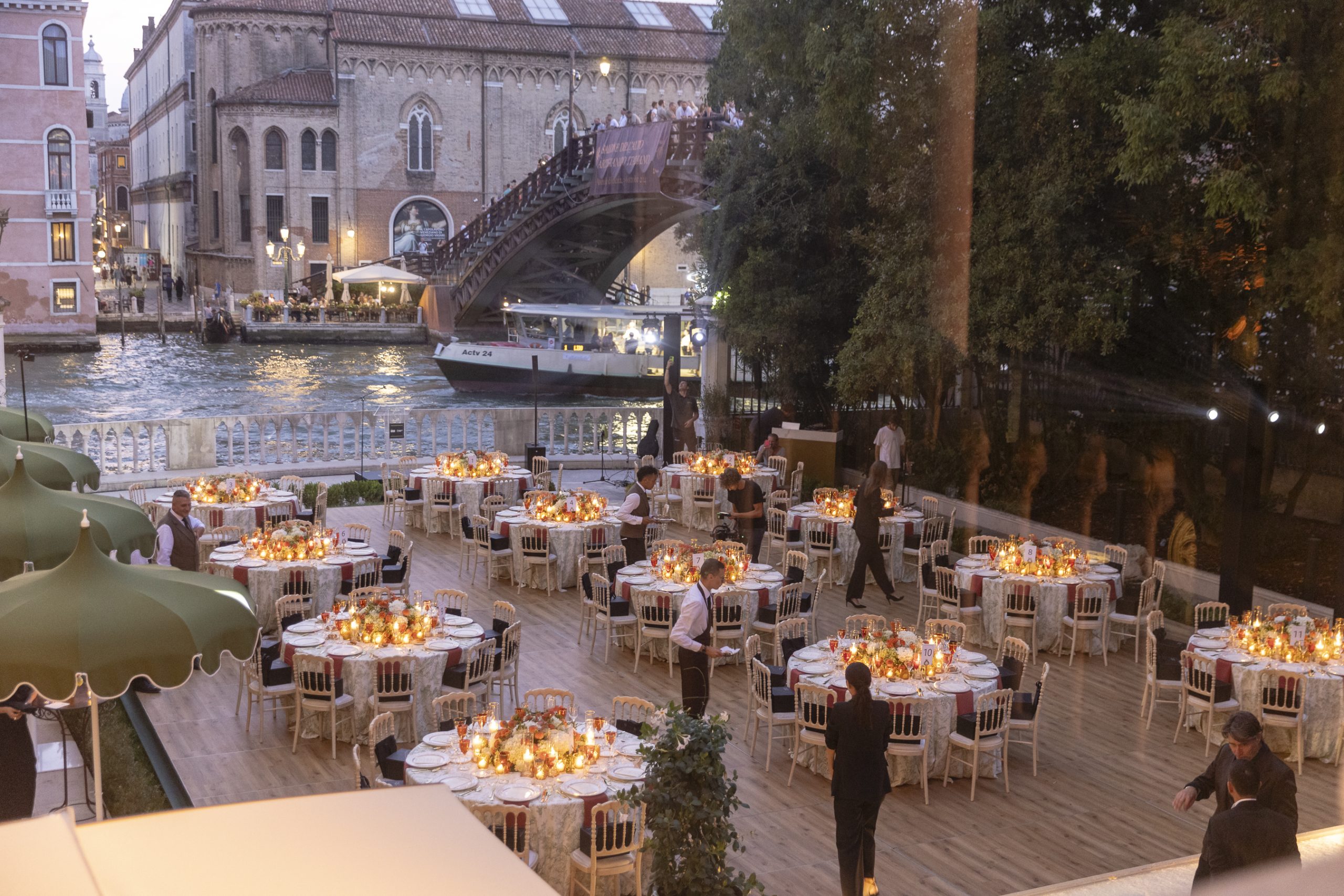
A highlight of the activation was the unveiling of “The Bridge,” a unique intercultural mask created by Qatari artist Fatma Al Shebani and Italian artist Nicolò Galasso. This mask merges the Venetian ‘carnival’ mask with the Qatari ‘battoulah,’ symbolizing the fusion of cultures and collaborative spirit of the initiative. It represents the powerful connection between Venice and Doha and illustrates how media, film, and art can bridge cultural divides.
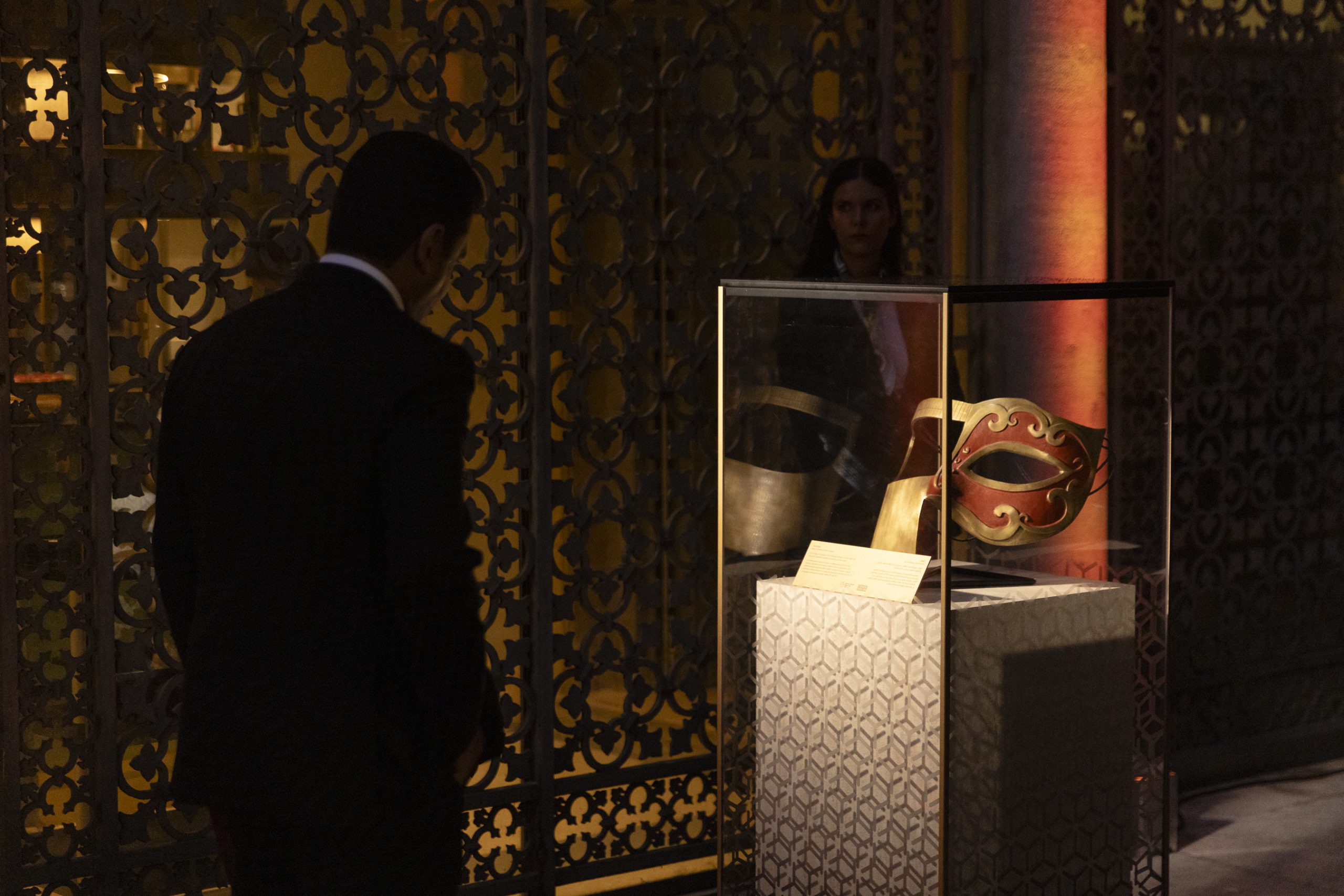
Through events like in Venice, Media City Qatar and the Doha Film Institute, two prominent Qatari entities, are uniting to advance the nation’s media sector. This collaboration in Italy, rooted in their shared commitment to Qatar’s cultural and creative development, not only highlights the country’s dedication to media innovation but also underscores the significance of cultural exchange globally. By working together, these Qatari partners are reinforcing the country’s identity.
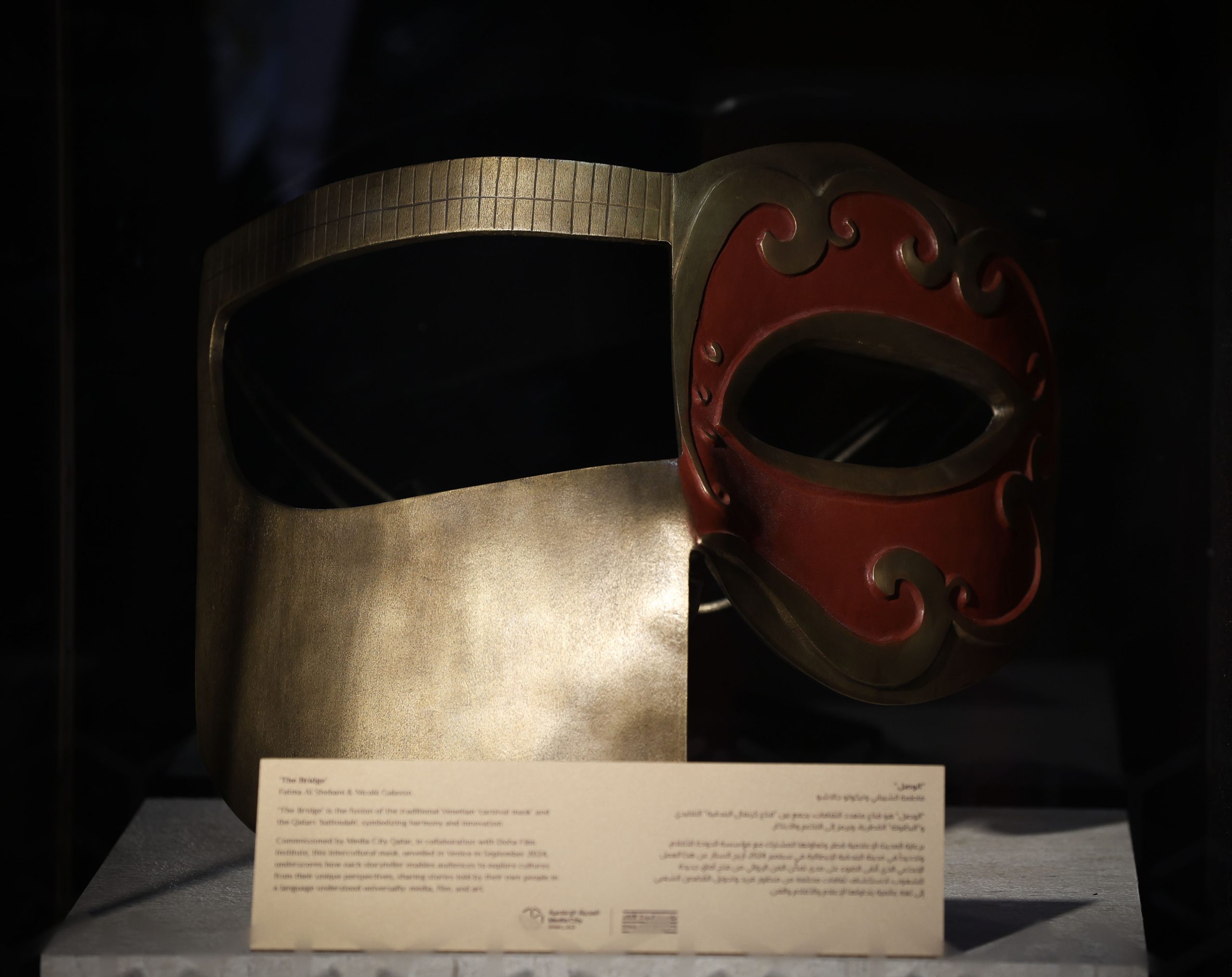
As Qatar progresses with its Third National Development Strategy, Media City Qatar complements its outlined vision by reshaping the media sector and enhancing the nation’s influence internationally. By promoting cultural exchange, supporting diverse creative talents, and hosting major international events like the “Qatar Economic Forum, Powered By Bloomberg,” Media City Qatar is key to achieving Qatar’s long-term goals for media industry excellence and competitiveness, ensuring the country’s strong presence in the global media landscape.

